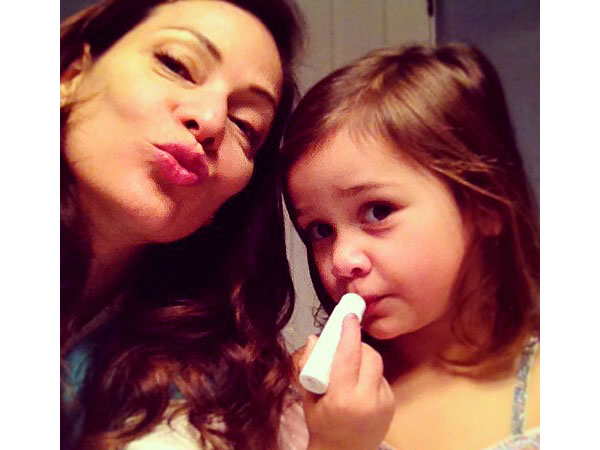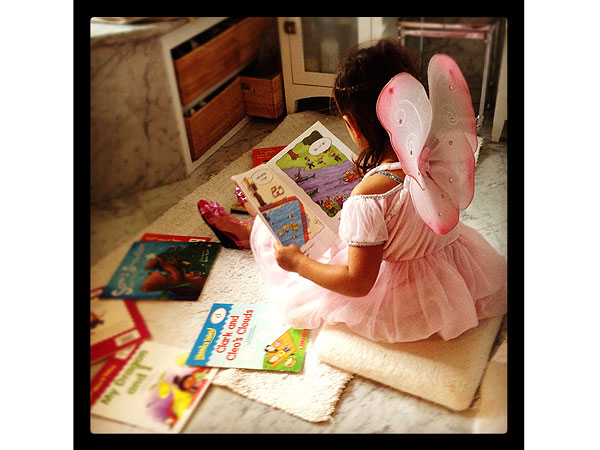NEW YORK (AP) — Beyonce’s splashy show, a freak power outage, and —oh, yeah— a captivating game of football combined to generate a record 24.1 million posts on Twitter during Sunday night’s Super Bowl.
That’s up from 13.7 million last year — and that doesn’t even include chatter surrounding the ads.
Twitter said in a late Sunday blog post that about half of the more than 50 national TV spots that aired during the game included a “hashtag,” a word or phrase preceded by a number sign that’s used to organize subjects on the short messaging site. During last year’s game, only one in five ads included one. Brands ranging from Oreo to Tide and Budweiser, meanwhile, captured online buzz by linking the blackout to their brands in humorous tweets.
Super Bowl XLVII, like the London Summer Olympics and the U.S. presidential election, was yet another moment in which Twitter became the platform for millions of people to share quick reactions and participate in a massive, public conversation. Though it’s not as popular as Facebook Inc. or its buttoned-up cousin LinkedIn Corp., Twitter’s surging popularity during big events is a testament to its reach and utility. The question is whether these moments can translate into revenue for the 7-year-old company.
The company makes money by charging advertisers to promote individual tweets, accounts or trends designed to spark a conversation. Research firm eMarketer estimates that Twitter will book advertising revenue of $ 545.2 million this year, up 89 percent from 2012. Next year, worldwide ad revenue is expected to hit $ 807.5 million, a 48 percent increase from 2013.
Tweetable events such as the 34-minute Super Bowl power outage are ripe with marketing potential, provided that brands act quickly.
“It’s really clear right now that Twitter has a lock on real-time conversation on the Internet,” says eMarketer analyst Debra Aho Williamson.
To capitalize on this, Twitter has to show advertisers that it pays to promote their tweets — even though fans are likely to spread the catchiest slogans on their own, free of charge.
That’s what happened with a certain cream-filled cookie on Sunday.
It took Oreo’s marketers roughly 10 minutes after the power went out to tweet a picture of an Oreo cookie in the half-dark with the words: “You can still dunk in the dark.” As of Monday afternoon, the image had been shared on Twitter more than 15,000 times. Tide followed suit with the slogan “we can’t get your blackout. But we can get your stains out” with more limited success. The message was re-tweeted about 1,300 times. Calvin Klein, meanwhile, tweeted a video of a shirtless, chiseled male model doing crunches “since the lights are still out…”
Such “real-time marketing” is still in its infancy, but Williamson expects this to change, as more companies develop the ability to respond to events immediately.”
“To do what Oreo did actually takes a lot of pre-planning,” she says.
Laurie Guzzinati, spokeswoman for Oreo owner Mondelez says the power outage was a natural moment to engage consumers. The cookie’s TV ad had a planned social media component asking people to follow Oreo on Twitter and post photos on Instagram. The company had set up a “social media command center” that included people from Oreo’s brand team, the ad agency 360i and other partners whose job was to follow the Super Bowl and interact with fans on Facebook, Twitter and elsewhere.
Mondelez likely spent the going rate of as much as $ 4 million on its Super Bowl television spot. But Guzzinati says the company didn’t pay Twitter anything for the “dunk in the dark” picture. Still, Twitter says advertisers moved quickly following the outage.
Matt McGee, editor-in-chief of the blog Marketing Land, counted 26 Twitter mentions in the 52 national spots that aired during the game. Facebook, meanwhile, got only four shout-outs, while Google Plus walked away with zero (though Google Inc.’s YouTube scored one mention from Hyundai).
“When it comes to second-screen advertising, it’s Twitter’s world now and there’s no close second place,” McGee wrote in a blog post late Sunday night. “Last year, brands split their focus on Twitter and Facebook with eight mentions each. This year, brands recognize that Twitter is where they need to try to attract the online conversation around one of the world’s biggest events.”
David Berkowitz, vice president of emerging media at 360i, which worked on the Oreo campaign, says Twitter has done a good job tying itself into major television events.
“If you look at (Twitter’s) trending topics any day especially during prime time or major events, they’re heavily fueled by television,” he says. “So TV is responsible for Twitter’s growth in general.”
He thinks Twitter has done a better job than other social media sites like Tumblr and Pinterest in proving it’s the place to be when it comes to talking about big events online.
“A large part of it right now is just showing this is where the conversation is happening and building their brand around that,” he says. “Even with other very successful social media sites, no one is better at conversation than Twitter.”
__
AP Retail Writer Mae Anderson contributed to this story.
Social Media News Headlines – Yahoo! News
Title Post: Live action: Twitter grabs Super Bowl spotlight
Url Post: http://www.news.fluser.com/live-action-twitter-grabs-super-bowl-spotlight/
Link To Post : Live action: Twitter grabs Super Bowl spotlight
Rating:
100%
based on 99998 ratings.
5 user reviews.
Author:
Thanks for visiting the blog, If any criticism and suggestions please leave a comment















